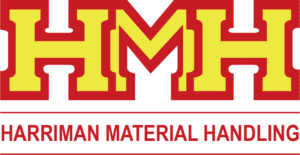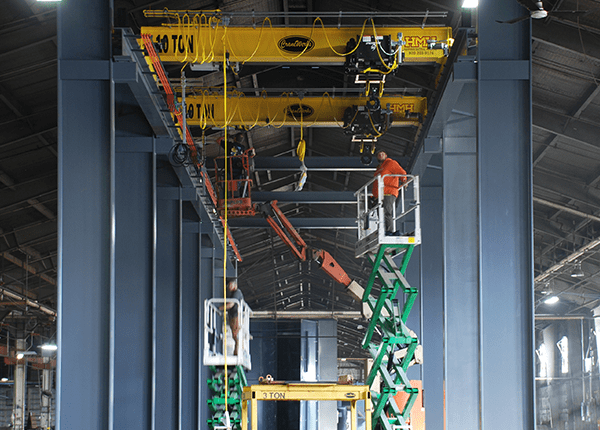Do you need a runway?
Visualize an overhead crane’s runway system as the train tracks for a big crane. It’s made up of strong beams, tall columns, and tracks where the crane’s wheels roll.
There are two ways to set up the beams. For some cranes, the beams are like bridges on top of strong columns. Others hang from the ceiling, using the roof’s structure to hold them up.













